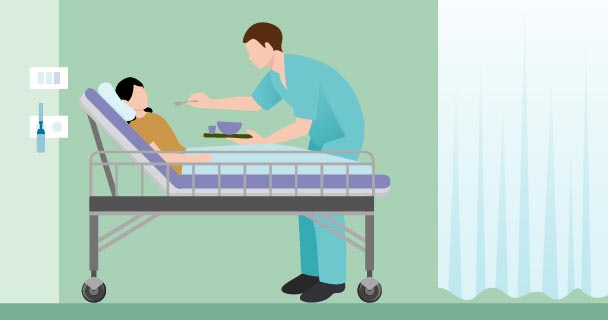







Five Steps for Teaching Each Clinical Judgment Competency for Nursing

This blog post is the fourth in a series about improving clinical judgment in newly hired nurses.
Teaching a clinical judgment competency for nursing students and new nurses is far more effective if you use an overall process that is systematic and formalized. Just such a method was shared during a recent HealthStream webinar, Improving Clinical Judgment in New Nurse Hires to Improve Patient Outcomes. The presenters for this webinar were Dr. Linda Caputi, a nursing education consultant, and Elease Caracci, Senior Product Manager at HealthStream. Caputi has over 30 years of teaching experience at all levels of nursing education. She is a certified nurse educator and a fellow in the NLN's Academy of Nursing Education. Having published numerous books, articles, and book chapters, Caputi's latest work is Think like a Nurse: A Handbook, published in 2018. Elease Caracci joined HealthStream in 2016 with our acquisition of NurseCompetency and is now a senior product manager. Caracci's background in healthcare staffing, educational planning, and curriculum development, along with her management expertise, have made her a multi-faceted performer within the healthcare industry.
Three Assumptions about Teaching Clinical Judgment Competencies
Caputi has some guidance and advice for anyone considering teaching clinical judgment competencies:
- Most students in schools of nursing have not learned a systematic formalized way to think.
- Preceptors often cannot discuss the process they use to approach decision-making. As experts, they no longer examine their thinking—they automatically and intuitively walk into a situation and know what to do.
- It is best to use a training model that provides orientee and preceptor a unified framework, language, and approach to clinical judgment and thinking.
Five Steps for Teaching a Clinical Judgment Competency for Nursing
Caputi offers these steps as a way to teach individual clinical judgment competencies:
- Provide a definition of the clinical judgment competency. Explain what it really means in very understandable terms.
- Give an example of this competency from everyday life. It is important for the orientee and the preceptor to realize they already use this clinical judgment competency. It's always much easier to teach something new if you can relate it to something the learner already knows.
- Identify an example using this clinical judgment competency in nursing.
- Demonstrate and apply that clinical judgment competency when engaging in patient care. The preceptor can then provide feedback about the application of that clinical judgment competency.
- Discuss this specific learning experience with the preceptor, similar to debriefing after a simulation. It's extremely important that the preceptor asks high quality, high level thinking questions. Caputi suggests having questions "already developed for your preceptors, so that the preceptor can focus on the orientee's thinking."
